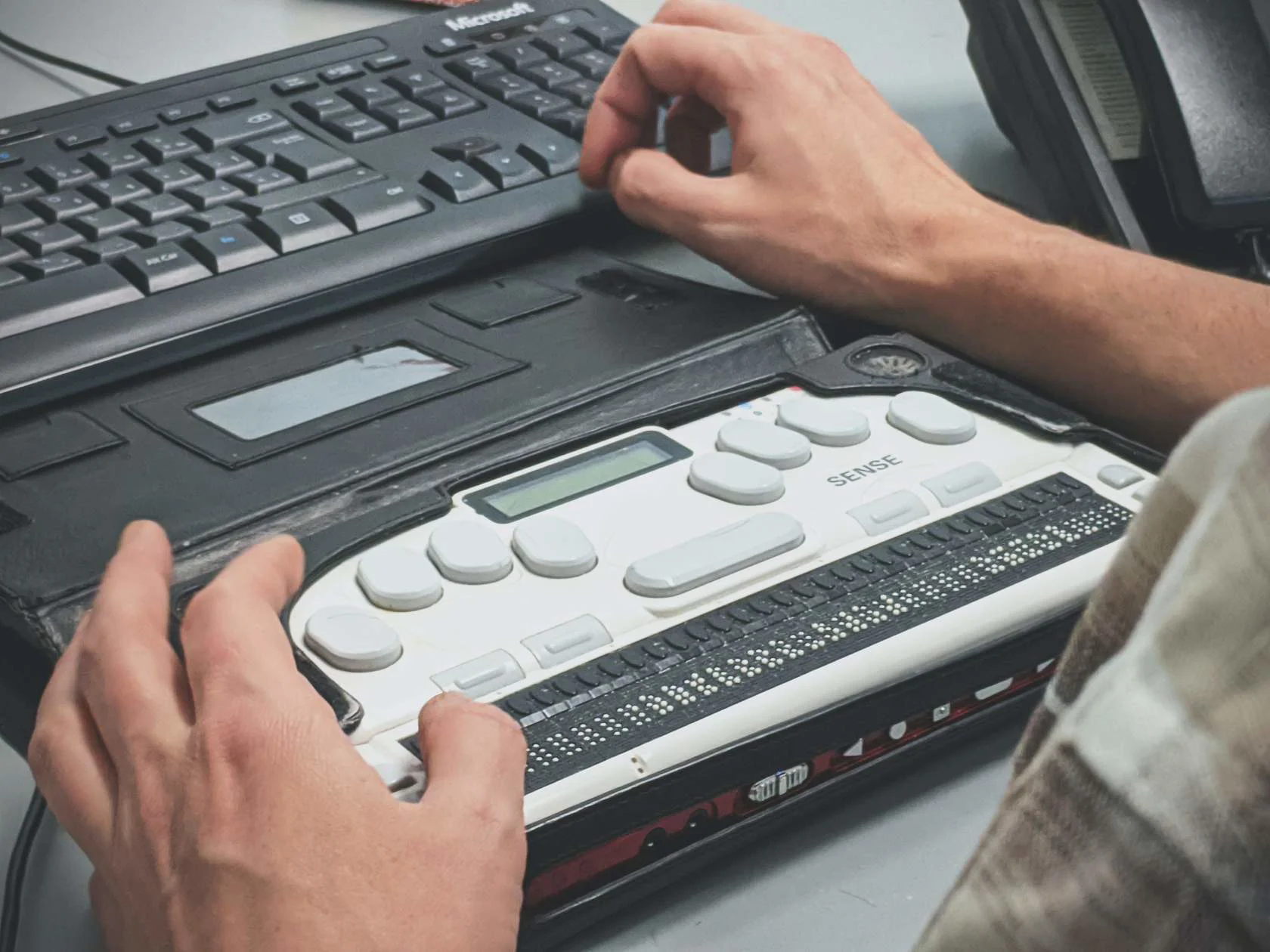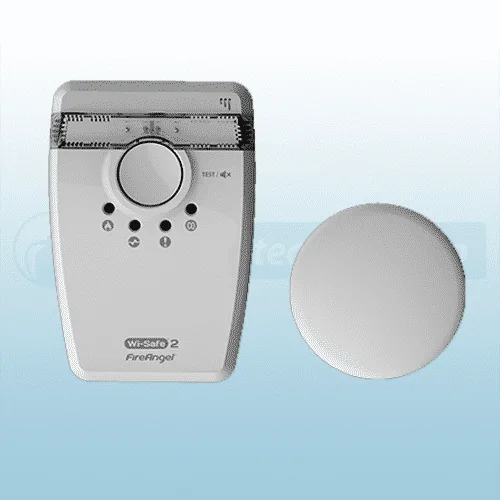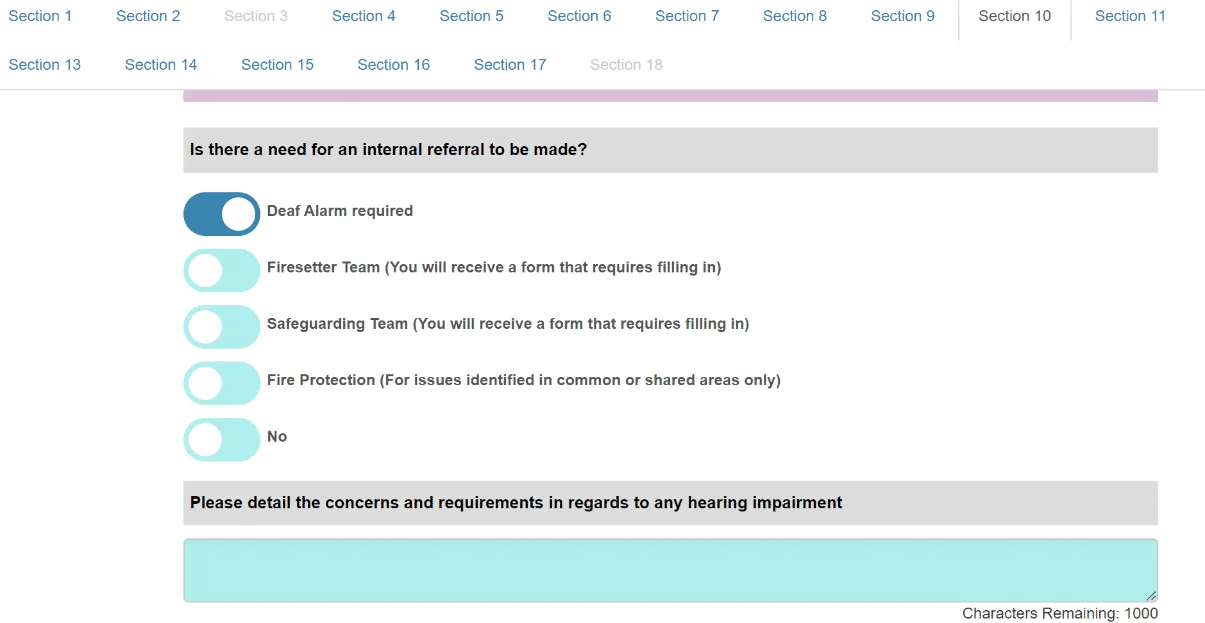Sensory Impairment

A person’s hearing impairment does not in isolation make them more at risk of fire.
Should there be a fire without the correct type of smoke detection they are more likely to die or be injured.
Smoke detection should include flashing strobes and vibrating pillow pads.
Where the individual resides in sheltered type accommodation consideration should be given to how the alarm system links to the individual’s smoke detector.
A visual impairment in isolation does not make an individual more at risk of fire.
With appropriate adaptations everyday household tasks can be carried out safely.
For a person with a visual impairment, because they cannot see smoke, a working smoke detector and escape plans are particularly important as is the need for clear escape routes.

Smoke alarm eligibility
Considerations for Eligibility for a smoke alarm suitable for those who are deaf and hard of hearing.
It is vital that people who are deaf or hard of hearing have the right smoke alarms in their home to protect them and give them that valuable time to escape from a house fire.
These alarms are for people with significant hearing loss who would not hear a standard smoke alarm, which are fitted by a member of the Persons at Risk Team.
The alarm consists of two parts, the smoke alarm which will be fixed to the ceiling and the vibrating pad unit which is located under the pillow.

Safe and wells
Whilst conducting a Safe and Well Visit, if you identify a person that is profoundly deaf or hard of hearing that lives on their own or left alone at night, they will meet our criteria for a specialist alarm.
Please select deaf alarm required on safe and well questionnaire (screenshot below) this will automatically create a job for PaRT.
Prevention is receiving a high volume of requests for specialist alarms which don’t meet our criteria. Properties where a person is hard of hearing but lives with people that would be able to hear an audible smoke alarm, do not require a deaf alarm. These cases should NOT be selected as a deaf alarm required on the Safe and Well questionnaire.

Medical considerations
NFRS would recommend that if an occupier has a pacemaker fitted, they should consult their GP or medical professional first before installing a vibrating pad as these can sometimes interfere with some types of pacemakers.
Fire angel guidance states - WARNING - DO NOT place the vibrating pad within 15cm of any heart pacemaker. The vibrating pads for all these systems contain magnets. To always maintain a minimum distance of 15cm during sleep we recommend the pads are placed either inside a pillowcase or preferably under the sheet under the pillow. This will help to keep the pads from moving during sleep.
Information sourced from the British Heart Foundation leaflet ‘Living with a Pacemaker (.pdf)’. For further information see the British Heart Foundation website. Or view the NHS.
Strobe lights
Strobe lights can, in certain circumstances, trigger an epileptic seizure. However, products been designed and built to the meet the requirements of BS5446- 3:2015 which requires that the frequency of the flashing strobe should not be more than 2 hertz.
The Epilepsy Foundation say " Generally, flashing lights most likely to trigger seizures, are between the frequency of 5 to 30 flashes per second (Hertz)" For further guidance see photosensitivity and seizures.